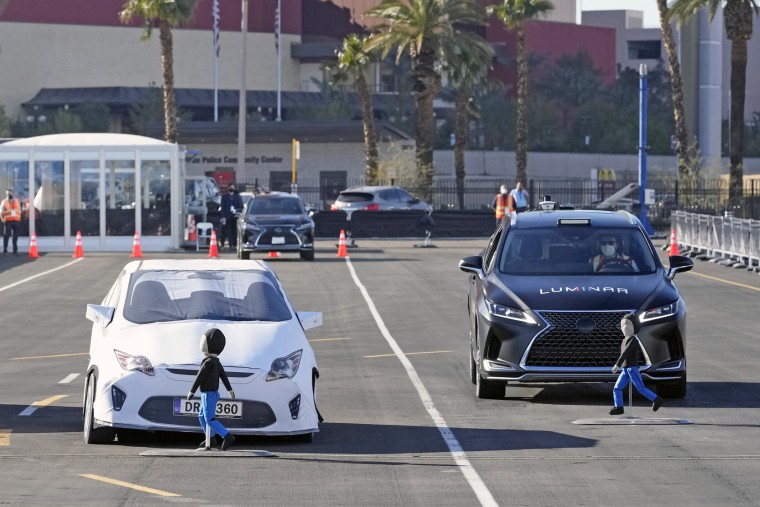The recent announcement by the Biden administration mandating advanced safety technology in all new cars and trucks marks a significant leap forward in enhancing road safety and reducing traffic accidents. This move is not only crucial for protecting the lives of motorists and passengers but also for promoting a more sustainable transportation system. By requiring automakers to integrate innovative safety features into their vehicles, the government is actively prioritizing a future where road fatalities are minimized and where cutting-edge technology plays a pivotal role in ensuring the well-being of all road users.
One of the key safety technologies that will soon become a standard feature in vehicles is Automatic Emergency Braking (AEB). AEB systems utilize sensors, cameras, and radar to detect potential collisions with objects, vehicles, or pedestrians in the vehicle’s path. In the event that the system identifies an imminent collision and the driver fails to respond, the AEB system automatically applies the brakes, helping to mitigate or even prevent a crash. This technology has already proven to be highly effective in reducing rear-end collisions and has the potential to save countless lives on the road.
Furthermore, the mandate also includes requirements for other advanced safety features such as Lane-Keeping Assist (LKA), Blind Spot Monitoring, and Forward Collision Warning (FCW) systems. LKA uses cameras and sensors to detect lane markings and helps drivers stay centered within their lane by providing steering assistance if the vehicle begins to drift. This feature is particularly useful in preventing accidents caused by lane departure or drowsy driving. Similarly, Blind Spot Monitoring alerts drivers to vehicles in their blind spots, reducing the likelihood of lane-change collisions. FCW systems provide a warning to the driver if there is a potential collision ahead, allowing them to take evasive action and avoid a crash.
The integration of these advanced safety technologies aligns with the broader goal of achieving Vision Zero – a strategy that aims to eliminate all traffic fatalities and severe injuries. By making these features mandatory in all new vehicles, the Biden administration is taking a proactive approach to significantly reduce the number of road accidents and enhance overall road safety. Moreover, the implementation of these safety requirements serves as an important step towards fostering a culture of innovation and prioritizing the well-being of all road users.
In conclusion, the decision by the Biden administration to mandate advanced safety technology in all new cars and trucks represents a significant milestone in the realm of road safety. By leveraging cutting-edge innovations such as AEB, LKA, Blind Spot Monitoring, and FCW systems, the government is paving the way for a future where preventable accidents are minimized, and the overall safety of motorists is greatly enhanced. This initiative underscores the administration’s commitment to prioritizing the well-being of individuals on the road and sets a positive precedent for future advancements in vehicle safety standards.


























